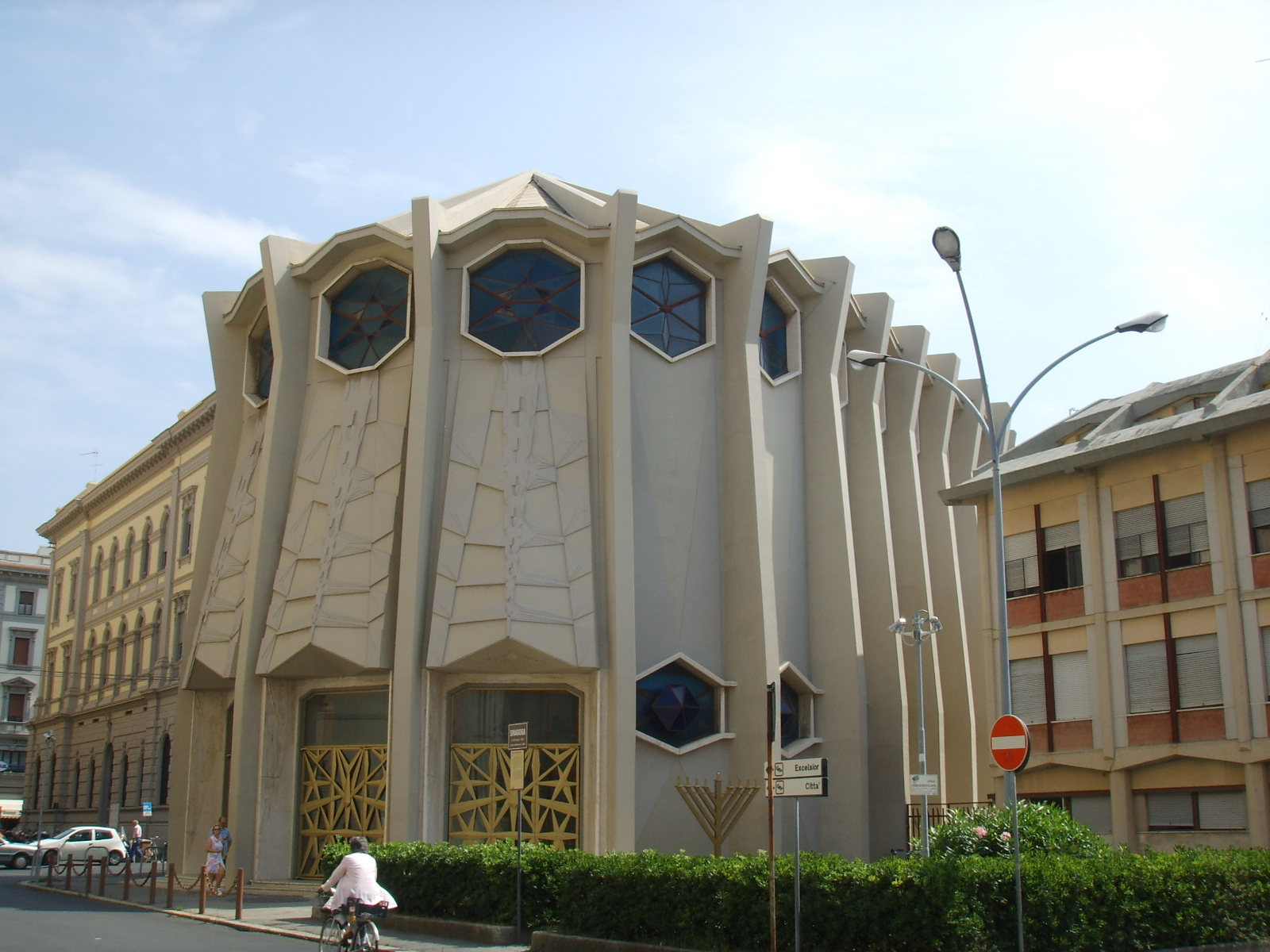

Journey through the places of faith in Livorno
A journey overlooking the sea to discover the different religious architectural sites in the city
There are numerous historical and architectural presences in Livorno that bear witness to the religious faiths that have coexisted in the city over the centuries; in addition to the Catholic churches, especially linked to the Marian cult, there are in fact numerous places of worship of several communities: Jewish, Greek, Armenian, Dutch-German and English.
-
1.Church of the Armenians
-
2.Church of Santissima Annunziata or of the Greci Uniti
-
3.Church of the Dutch
-
4.Synagogue
-
5.Anglican Church
Church of the Armenians

On Via della Madonna you can admire the splendid Baroque facade of the Church of the Armenians - of which the actual interior can no longer be visited. The building is what remains of the Armenian Catholic church built in Livorno between 1709 and 1713.
Hit by bombing during World War II, it was never rebuilt.
Church of Santissima Annunziata or of the Greci Uniti

Built in the 17th century, where beautiful wooden iconostases are to be found inside, it is a church so called because of the professed Greek Catholic religious rite. It is located in the center of the city, on Via della Madonna, a few meters from the Temple of San Gregorio.
Church of the Dutch

The Temple of the Dutch German Congregation, also known as the Church of the Dutch, is a Protestant place of worship, a rare example of neo-Gothic architecture in Livorno.
The facade has three rose windows and the central one, located above the main entrance, is decorated with floral motifs. The interior, on a rectangular plan, culminates in a large circular apse. The building was spared the bombing of World War II but was despoiled of its organ; after the war it hosted very important concerts, including one by the famous guitarist Andrès Segovia in 1949.
Synagogue

In Piazza Benamozegh stands the present Israelite Temple, entirely rebuilt after the original synagogue was destroyed by damage in World War II.
The structure, made of mighty reinforced concrete ribs, encloses infill panels in which octagonal and hexagonal windows can be seen and the apse, in which tiny triangular openings create a striking play of light.
Anglican Church

On Via Verdi, opposite the entrance to the Old English Cemetery, we find the neoclassical Anglican Church.
The origin of English presence in Livorno can be traced back as early as the 17th century, when, after the port was enlarged to the design of Anglo-Saxon Sir Robert Dudley, the English navy made Livorno its base for patrolling the Mediterranean routes.















































































